DYNAMIC LINKS – Parque Barigui
Abstract
Parque Barigui is an urban park situated in the city of Curitiba, in Brazil. Designed in the 1970s to control floods in the city, the park is a place of leisure and environmental preservation areas in the city. The objective of the project is to create new paths and peninsulas inside the lake to promote and enhance new leisure spaces and new biodiversity spots for the natural flora and fauna present in the area.
Site Context
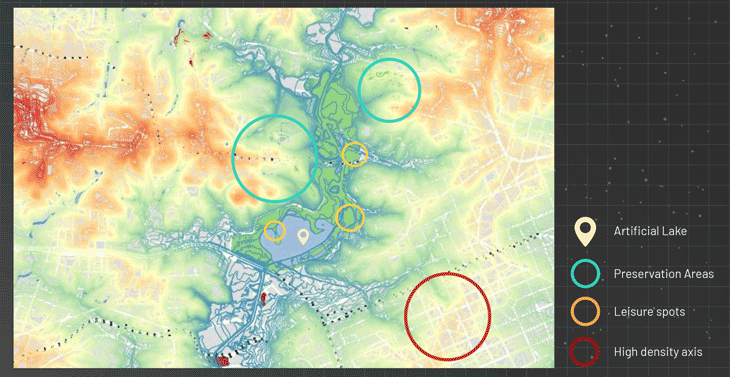
Issue

Idea
Use water level variations combined with a new topography of the lake basin to create new dynamic connections within the lake to implement and enhance the potential leisure and landscape of the park.
Concept

Site Context
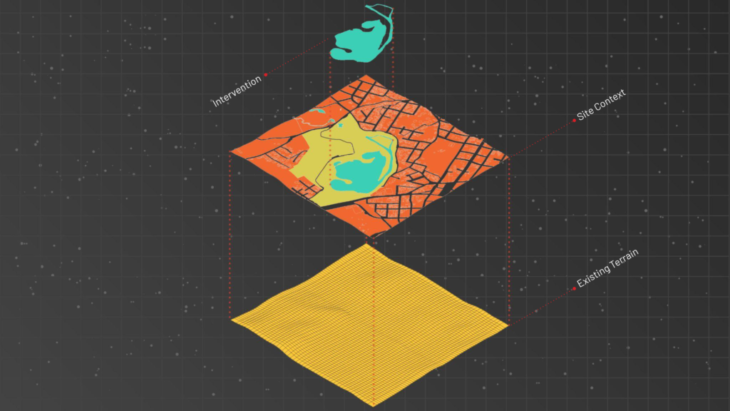
Methodology
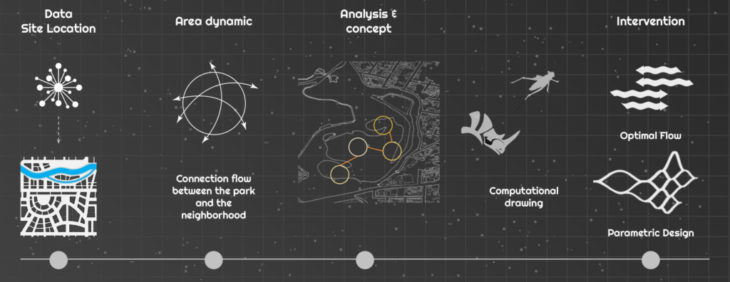
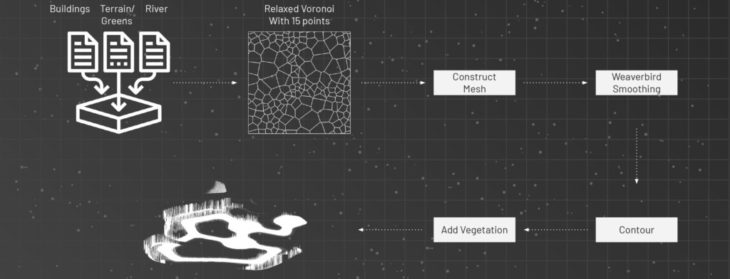
Analysis// Stage 1
In Grasshopper, from the shapefiles, a base map is developed with the topography. Because it is located in such proximity to very dense areas of the urban fabric it is constantly used by the population for sports practices and gatherings. The first objective is to obtain different types of connections to allow free flowing circulation paths.
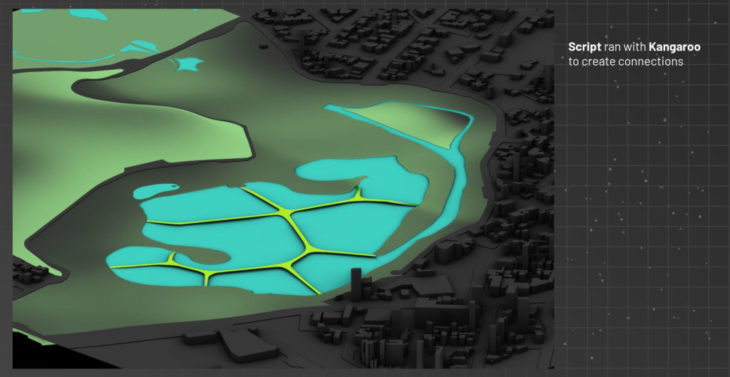
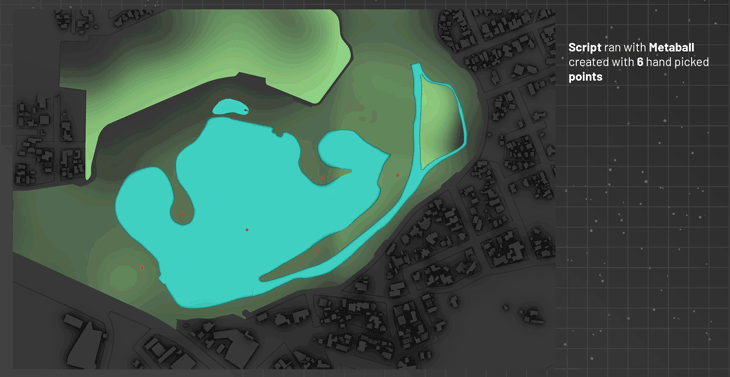
Analysis// Stage 2
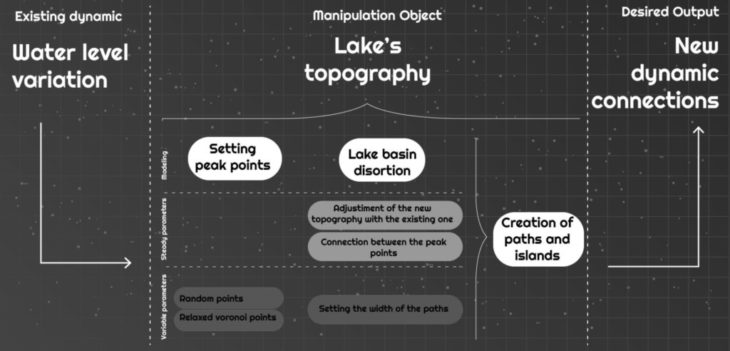
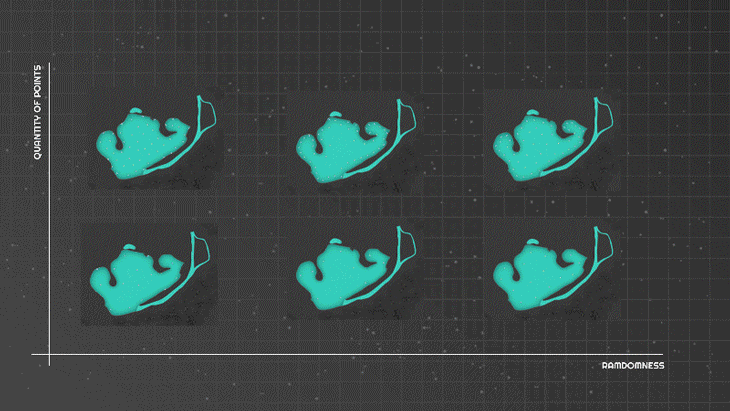
Analysis // Final Stage
In order to create a parametric and generative design, the developed algorithm creates connections between the current margins and peninsulas and the new proposed islands that are inside the lake. The peak points of this new topography could shelter a more perene vegetation, meanwhile the valleys – meaning, the floodable areas – could be the spots for the swampy vegetation.
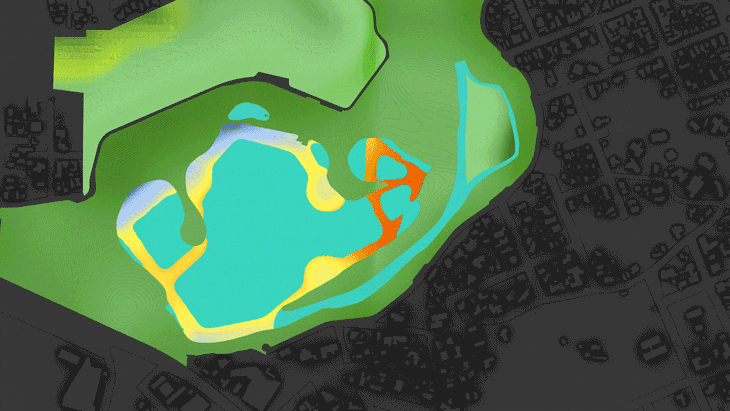
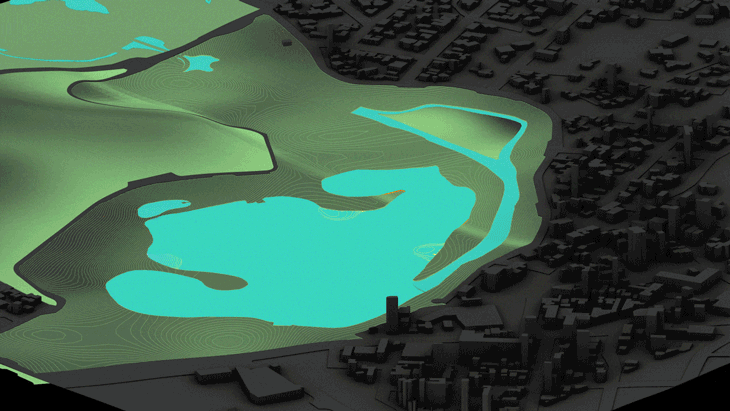
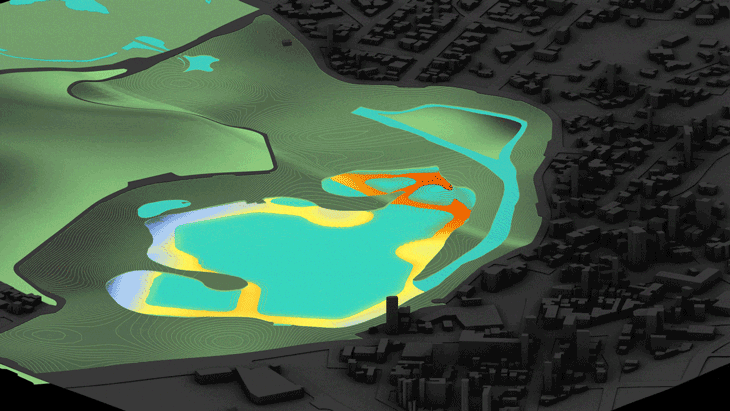
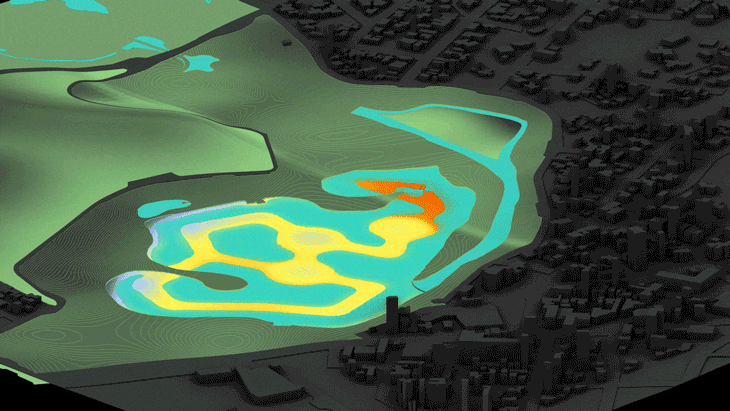
Conclusion
A Better Parque Barigui : The dynamicity of these newly created paths is reassured by the water level variations, creating a more lively interaction between the lake, the people and the vegetation.
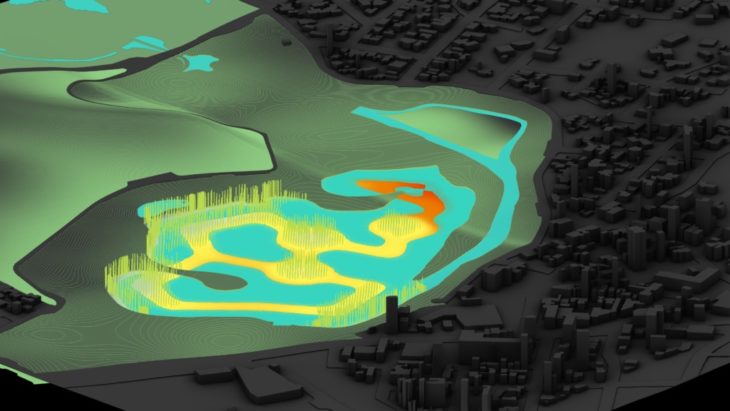
‘Dynamic Links’ is a project of IAAC, Institute of Advanced Architecture of Catalonia developed at Master in City and Technology in 2021/22
Student: Gayatri Agrawal, Maria Augusta Kroetz, Karim Abillama, Can Xu
Faculty: Eugenio Bettucchi and Iacopo Neri